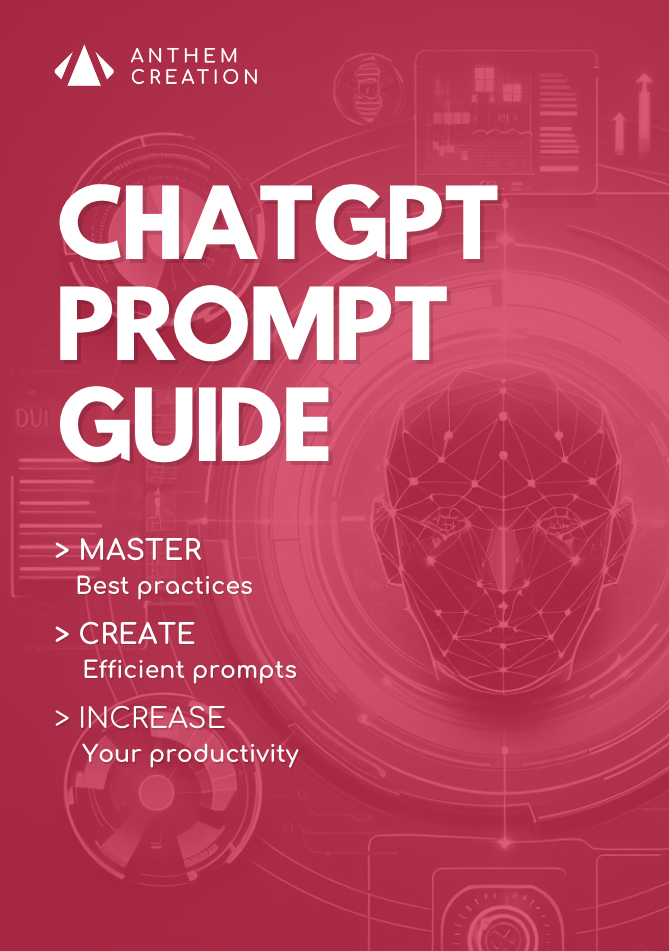The integration of AI agents into low-code/no-code automation platforms is radically transforming the way we design digital workflows. In 2025, n8n and Make.com are taking a decisive step forward with native AI agent management capabilities, paving the way for a new generation of intelligent, contextual and self-adaptive automation.
AI agents are no longer mere executors, but become true decision-making partners capable of interpreting intentions and dynamically adapting their actions according to context.

The n8n ecosystem: collective intelligence and openness
n8n has evolved from a simple workflow orchestrator to a true command center for AI operations, combining modularity, power and community collaboration.
Augmented intelligence and decision flows
The n8n revolution is particularly evident in its native AI workflows. From now on, the platform allows you to connect advanced models such as GPT-4, Claude 3.7 or Gemini Ultra 2 directly to your business tools.
The AI agent is no longer confined to answering queries; it becomes a true decision-maker, capable of dynamically choosing which actions to perform depending on the context.
The innovative “Vibe Coding” approach represents a major breakthrough. This feature allows users to conceptually define the behavior of a workflow via a natural language description.
The AI interprets this “vibe” to automatically generate and orchestrate the technical steps, making design accessible even without in-depth technical expertise.
Decentralized tool discovery is another significant advance.
Agents can now identify new tools and services (notably via networks like Nostr) without prior manual configuration, making workflows truly adaptive and scalable.
Concrete use cases that are transforming businesses
- Intelligent data analysis: The agent converts natural language queries into SQL queries to extract and analyze data, without overloading the LLM with the full dataset. Any user can thus generate business insights from a database without technical expertise.
- Augmented personal assistant: These agents automatically manage emails, appointments, voice interactions, while accessing company-specific knowledge bases to contextualize their actions.
- Predictive monitoring: An AI agent can continuously monitor critical KPIs, detect anomalies, automatically generate new corrective workflows, execute them, and notify teams of the results – all without human intervention.
If you’re interested in the AI agent ecosystem beyond automation platforms, you might want to discover how these technologies are evolving in other application contexts.
Make.com: Automation focused on simplicity
Make.com introduced its own AI agent features in April 2025, offering a radically simplified user experience with native integration of artificial intelligence capabilities.
A goal-oriented approach
Make.com’s fundamental innovation lies in its goal-oriented autonomous AI agents. Unlike the traditional approach to automation, these agents operate on the principle of “what to do” rather than “how to do it”. The user defines a goal, and the AI agent itself determines the necessary steps thanks to its tools/scenarios.
Contextual reasoning enables agents to take into account description, context and specific constraints to select the best actions or tools to accomplish the requested task.
Make.com’s strength lies in its ability to natively integrate actions and scenarios without dependence on external services, making intelligent automation accessible to all.
Simplification and autonomy
The “Request Anything” function transforms the user experience by allowing natural language instructions to be processed directly within a workflow.
This capability significantly reduces the complexity of scenarios by replacing entire chains of modules with autonomous agent decision-making.
For companies looking to optimize their automation processes, a comparison between the different platforms available can be useful. Our article on choosing between Zapier and Make for automation in 2024 offers complementary perspectives that remain relevant to understanding the ecosystem in which these new AI agent features are evolving.
Transformative Applications in Business
The impact of these technological advances can be seen in several key areas:
Marketing automation and customer service
AI agents from n8n and Make.com revolutionize customer engagement by enabling:
- Automatic sentiment analysis in customer feedback
- The generation of context-sensitive personalized responses
- Intelligent categorization of requests and their optimal routing
- Proactive monitoring of interactions on social networks
Optimizing business operations
Operational transformation takes shape through:
- Intelligent validation workflows that adapt to context
- Auto-generated reporting systems that identify relevant insights
- Autonomous orchestration of complex processes involving multiple departments
- Predictive supervision of key indicators with contextual alerts
To deepen your understanding of multi-agent systems in AI, check out our analysis on AutoGen and multi-agent architectures which perfectly complements the concepts discussed here.
The future of AI agents in automation
The evolution of AI agents on these platforms paves the way for a deeper human-machine symbiosis. We are already seeing the emergence of systems capable of:
- Proactively propose workflow optimizations based on performance analysis
- Collaborating with human teams as full members
- Self-training in areas of expertise specific to the organization
- Anticipate user needs even before they are explicitly formulated
We’re witnessing the dawn of an era where automation is no longer programmed, but guided by intent and purpose, enabling teams to focus on strategy rather than execution.
Conclusion
The rise of AI agents on n8n and Make.com in 2025 marks a decisive turning point in automation. We’re definitely moving from frozen sequential workflows to intelligent, contextual and self-adaptive automation.
n8n seduces with its flexibility, openness and ability to orchestrate complex operations guided by business intentions, while Make.com aims for ultra-fluid user experience with AI integration designed to democratize access to these advanced technologies.
For professionals – whether in AI, operations, marketing or data – these advances represent an unprecedented productivity lever. They pave the way for truly proactive and intelligent digital assistants, capable of accelerating digital transformation at all levels of the organization.
The era of intelligent automation has only just begun, and the possibilities now seem limited only by our imagination.
AI NEWSLETTER
Stay on top of AI with our Newsletter
Every month, AI news and our latest articles, delivered straight to your inbox.

CHATGPT prompt guide (EDITION 2024)
Download our free PDF guide to crafting effective prompts with ChatGPT.
Designed for beginners, it provides you with the knowledge needed to structure your prompts and boost your productivity
With this ebook, you will:
✔ Master Best Practices
Understand how to structure your queries to get clear and precise answers.
✔ Create Effective Prompts
The rules for formulating your questions to receive the best possible responses.
✔ Boost Your Productivity
Simplify your daily tasks by leveraging ChatGPT’s features.
Similar posts
The age of AI agents: the silent revolution of 2025
Soon your computer will anticipate your needs, automatically break down your complex tasks and perform them with near-human intelligence. This is no longer science fiction… it’s the reality of 2025 …
Creating an AI agent in 2025: Which solutions to explore?
The AI agent revolution is in full swing in 2025, offering enthusiasts and professionals alike a multitude of options for building autonomous intelligent assistants. This guide presents an overview of …
Genspark AI: Revolutionizing search and automation with an intelligent super agent
In the tumultuous world of artificial intelligence, Genspark AI is emerging as a disruptive player. This “super agent” combines an innovative technical architecture, unprecedented automation capabilities and a radical approach …


